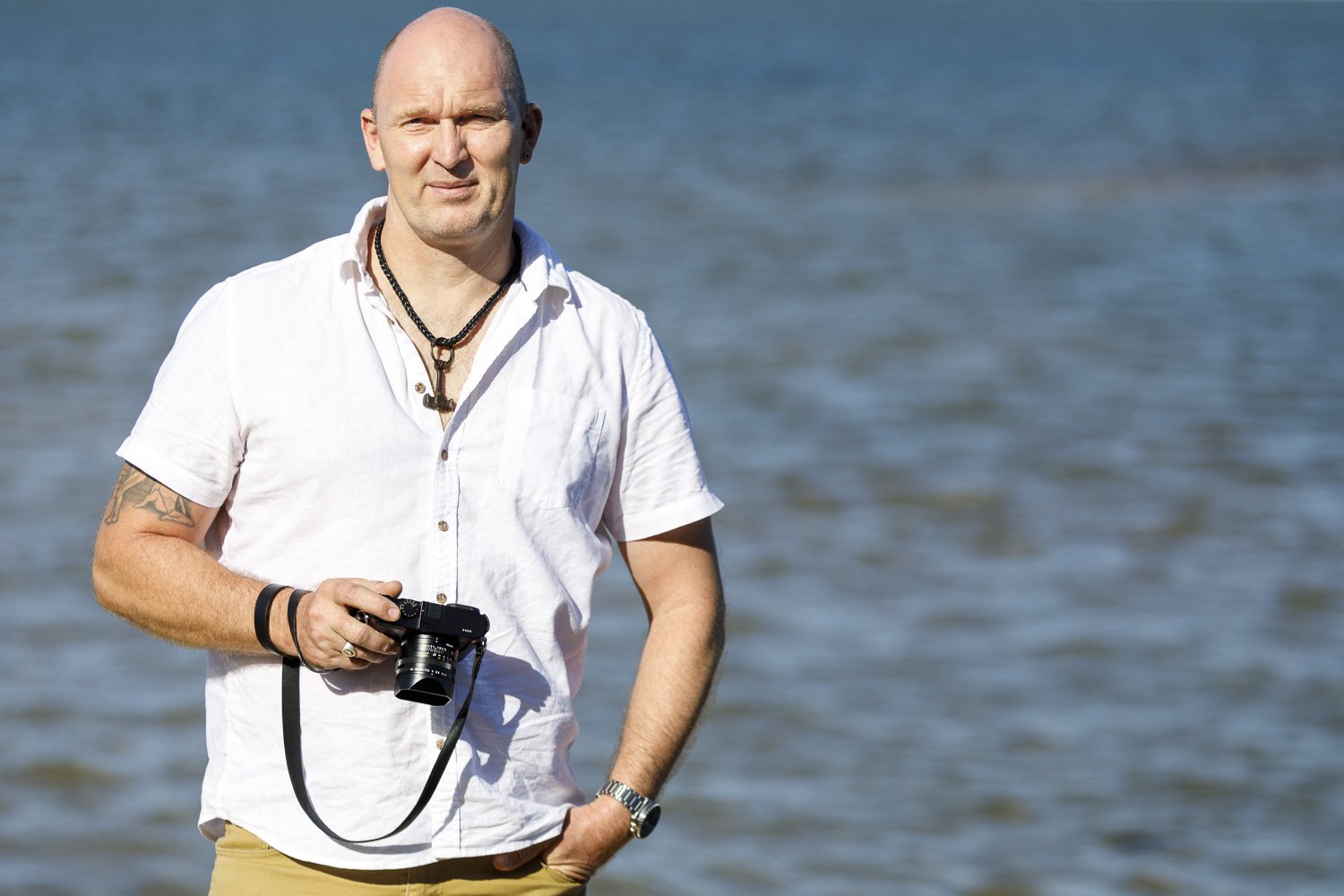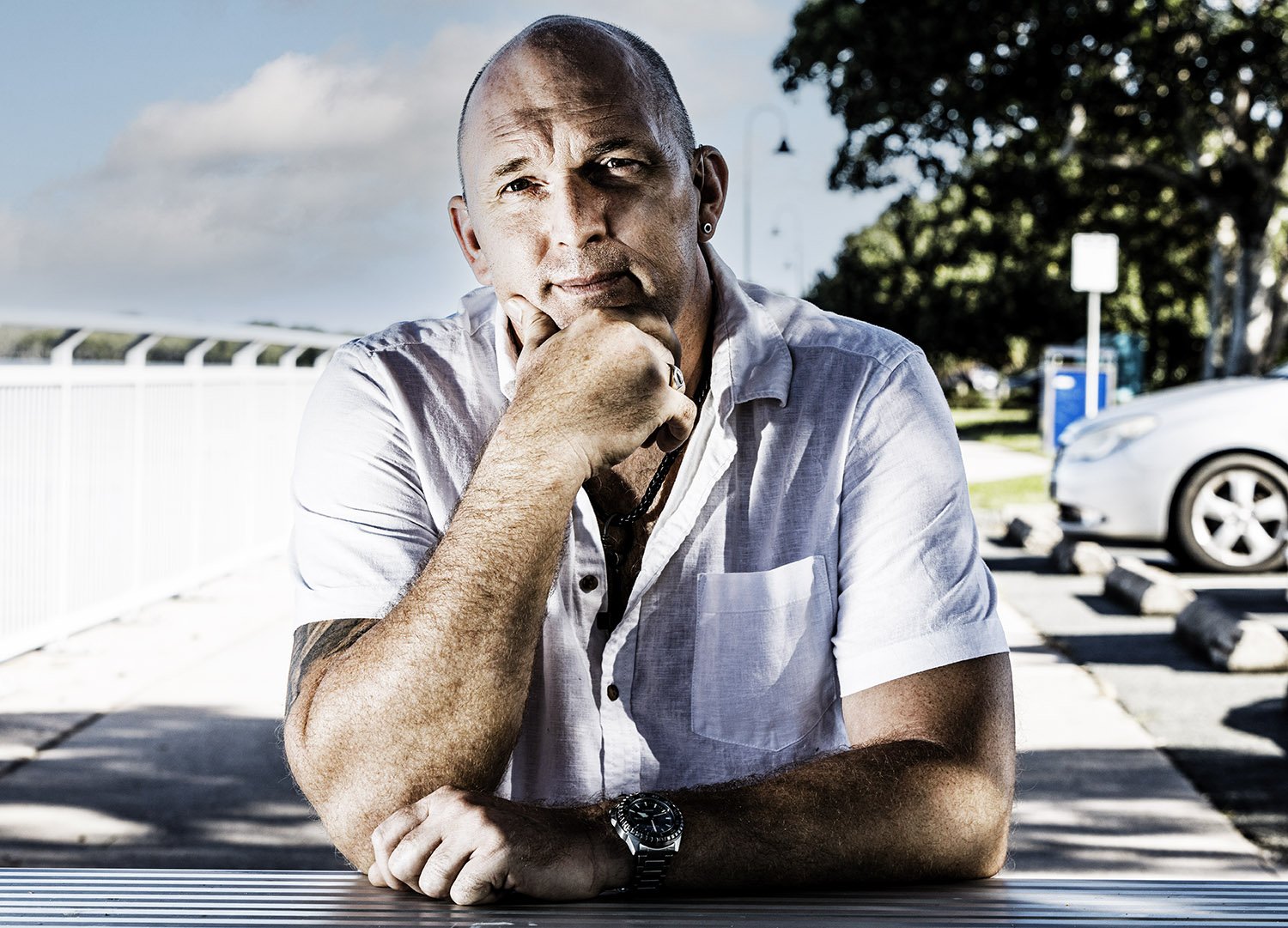Craig Röhse
Army, Photographer
Creativity surrounded Craig as he grew up. He remembers his dad’s passion for photography and his beautiful old cameras, as well as the landscape and portrait photos that adorned the walls of their home.
As a young man, Craig went on to enlist, spending many years of his military life as a paratrooper. He was also sent to East Timor as the Battle Group Photographer. His own passion for this art form was truly ignited on this trip.
An accident in Afghanistan, some years later, however, put an end to his military career, but not to his artistic pursuits. As part of his rehabilitation, the army posted him to Tasmania and offered him a choice of study options. He successfully completed a Diploma in Photography there and reveled in every aspect of the course.
“The lecturer was fantastic. He had great knowledge as well as an excellent way of teaching. I studied three days a week and was at work in the army the other two days. It worked out well. I did this until my medical discharge,” Craig says.
During this time in Tasmania, Craig focused his studies on what he knew best, and his graduation portfolio included 30 portraits of military veterans. RSL Tasmania heard about the work he was doing, as they were looking for a project as part of their Centenary celebrations. They mutually agreed on expanding the project to 100 portraits and thus Craig toured Tasmania, setting up studios in carports, outdoors, in houses, or wherever suited his purpose.
“That was a great experience. I spent 1-2 hours with each veteran and heard their stories. That way, I was able to get a certain mood for each of them. Looking back, I see that this experience was probably a reflection of my own mood at the time. I wanted to use the same techniques for each of them, while making every one unique. They were all shot in Black and White and all subjects were unsmiling. I asked each veteran to bring an object of meaning, from their military days. It was their story, not mine.”
At the same time, the Australian Institute of Professional Photography (AIPP) was putting together a collection of all remaining World War 2 veterans, called Reflections. Hearing about Craig’s work, they asked him to complete their collection with the few remaining veterans in Tasmania.
Looking back, Craig can see his own development as a person reflected in the changes in his creative skill and style as a photographer.
“In the beginning, it was about the soldier and I was focused on individual portraits.”
His involvement with the AIPP encouraged him to challenge himself more.
“You need a thick skin to allow your work to be critiqued by them, as they are professional photographers who pick your work apart. But it was great and I learnt a lot,” he laughs.He uses an example to show the change in his art.
“I had the idea of setting up three diggers from different wartime experiences. I called it Three Wise Veterans. The uniforms reflect soldiers in the Vietnam and Iraq conflicts. There is also a demarcation line on the table, which separates the third soldier from the other two. It wasn’t intended in the original photo and I was considering editing it out. But it stayed because it shows that, when you are back in Australia, you can’t speak about your experiences in war, for many reasons. I entered this photo in the Matthew Flinders Art Prize and won. It wasn’t a military competition so that spurred me on. Then, in 2022, I was shortlisted for the Napier Waller Art.
“Recently, I’ve been working on the theme of Why War? This links with the current conversation around veteran suicide. There’s been a lot of talk about it in the past, but no real action taken, until the Royal Commission. I’d like my photos of this theme to hang in the foyer of an RSL, or somewhere like that, to keep the issue in front of people.”
Craig sums up his creative passion and how it impacts on his life.
“As a photographer, I’m not just taking portraits, but also using my art to ask questions. I create art to start the conversation about military service and the realities of war. It’s also my mission to bring the joy of photography to veterans in Australia, as a way for them to practice mindfulness and meaningful engagement.”




